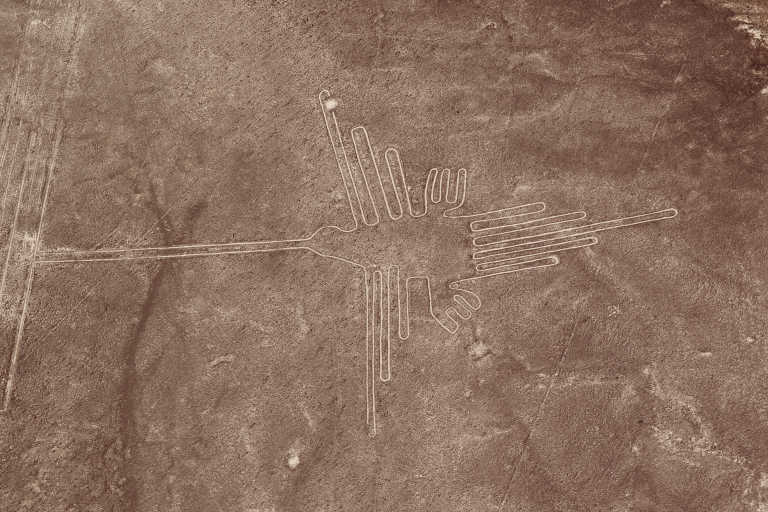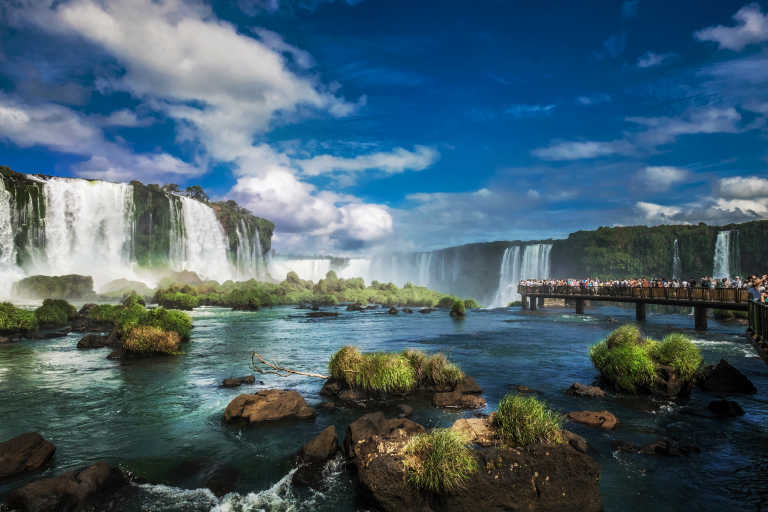Where are the Best World Heritage sites in South America
The vast continent of South America is vitally important for biologic, cultural, and historic reasons. Some of the most important sites are protected by UNESCO under an international convention. These include natural wilderness areas, ancient ruins, glaciers, forests and probably its most well-known heritage area, the Amazon basin and rainforest. Under the UNESCO rules and guidance, no harmful human activity can take place at these locations. Let's explore some of the most well-known World Heritage Sites in South America and learn more about why they're important.
- How many world heritage sites are there in South America?
- Which country in South America has the most World Heritage sites?
- What is the oldest World Heritage site in South America?
- Which are the most visited World Heritage sites in South America?
- What is the most important World Heritage site in South America?
How many world heritage sites are there in South America?
There are over 70 UNESCO World Heritage Sites on the continent of South America. These include the Galapagos Islands, Machu Picchu, Cuzco, the historic centres of Lima, Sao Luis and other cities, various Jesuit mission churches, and the Nazca Lines. It is also home to the last Atlantic Forests in the world, the Chavin archeological sites, Colombia's 100-year-old coffee cultivation cultural landscape, and Argentina's the Cueva de las Manos which is famous for its ancient hand paintings.

Which country in South America has the most World Heritage sites?
Brazil has 19 World Heritage sites and these include the city of Brasilia, the Iguacu National Park and its famous waterfalls and flora and fauna, the vibrant city of Rio de Janeiro, the Jau National Park and the Cerrado protected areas which contain the oldest tropical ecosystems in the world.

What is the oldest World Heritage site in South America?
Machu Picchu is the oldest heritage site in South America. It has been recognised by UNESCO since 1983 and for good reason. This Inca citadel dates back to the fifteenth century and is considered the best example of Inca ruins in the world. The surrounding wilderness contains an abundance of unique flora and fauna including many vulnerable and endangered species. Located at a high elevation in the Peruvian Andes mountains the location was hidden from view for hundreds of years until it was discovered in 1911 by Yale professor Hiram Bingham after being led there by a local guide. The Galapagos Islands are the first ever proclaimed site and it is the oldest 'natural' World Heritage site.
Which are the most visited World Heritage sites in South America?
Next to Machu Picchu, the city of Rio de Janeiro is one of the region's most visited World Heritage locations. Famous for the peak on Sugarloaf mountain and the statue of Christ the Redeemer, as well as Corcovado Mountain and its stunning views it is also home to Tijuca National Park and Arpoador Beach. Rio de Janeiro was designated by UNESCO in 2012. The Iguazu Falls are the next most visited area where visitors flock to the famous Devil's Throat waterfall, take a helicopter ride and visit the forests or intriguing Wanda mines. The city of Cuzco was once ruled by the Incan leader Pachacutec and thrived from 1400 to 1534. It was an urban centre surrounded by lands for farming, artisanal and industrial activities. Popular tours in the area include a visit to Rainbow Mountain, a tour to the Sacred Valley, the salt mines and day trips to Machu Picchu.
Rapa Nui National Park and Easter Island is probably most famous for the gigantic heads which were formed by the Rapa Nui tribes and are known as 'moai'. They were made out of ash from volcanoes and beneath them lies a special platform. The tombs of important chieftains and other dignitaries of the time were buried under the stone platform, making this one of the most elaborate tombs of all time. The area is preserved for its natural beauty, terraces, fauna and flora and incredible historic value.
What is the most important World Heritage Site in South America?
Covering a large area of South America- eight countries in total, the trees and plants in the Amazon Rainforest are considered by scientists to function as a huge 'lung' for the earth, taking in carbon dioxide and releasing large amounts of oxygen into the air. The Central Amazon Conservation Complex is the largest protected section in the Amazon basin and includes the seasonal floodplains also known as 'várzea', lakes, the igapó swamp or 'blackwater' forests, lakes and channels which are home to important species of electric fish. Giant arapaima fish, manatees, black caiman and two species of river dolphin are all protected within this valuable UNESCO site.
Plan your next vacation with a list of World Heritage sites to visit
With over 1000 various locations around the world, how about planning your next trip to visit some of these amazing World Heritage sites in South America? Whichever country you plan to visit, when the time is right, compare airlines on BudgetAir. Check our best flight deals to worldwide destinations which are the home to some of the world's most awe-inspiring World Heritage sites.
